SEARCH






|
|
|
|


by Editor Wicher Bos
Published the 3rd of August 2020
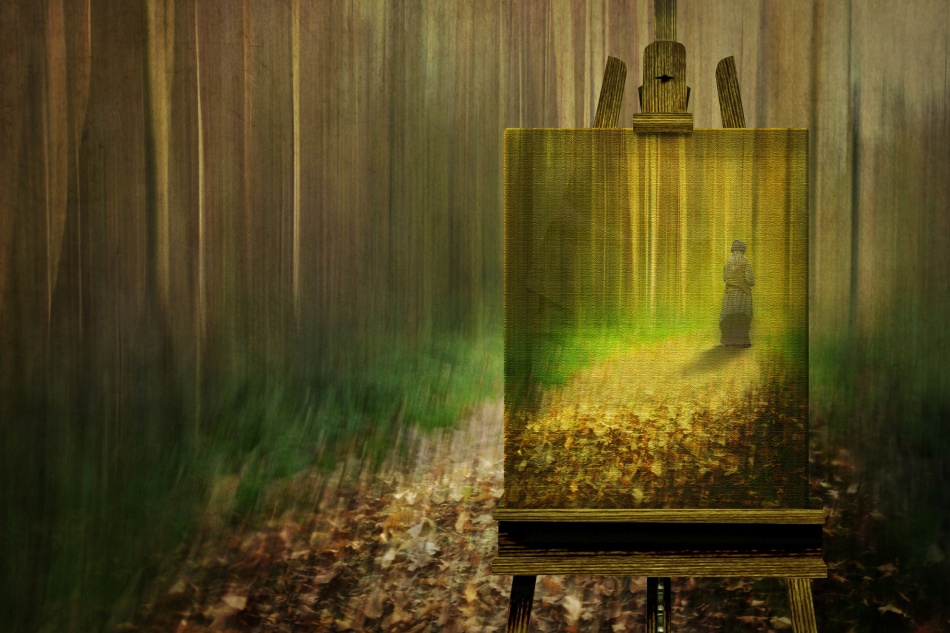
'Autumn impression' by Ben Goossens
'The Photographer as Illusionist' was the title of a NYTimes article in 1991.
The article itself touched on the role and effect of photography in documenting native Americans’ lifes by Edward S. Curtis.
The title somehow resonated with me, because it presents a strong contrast to what often was felt as normal – photography as reality, factual… how different that is today. I will explain why…
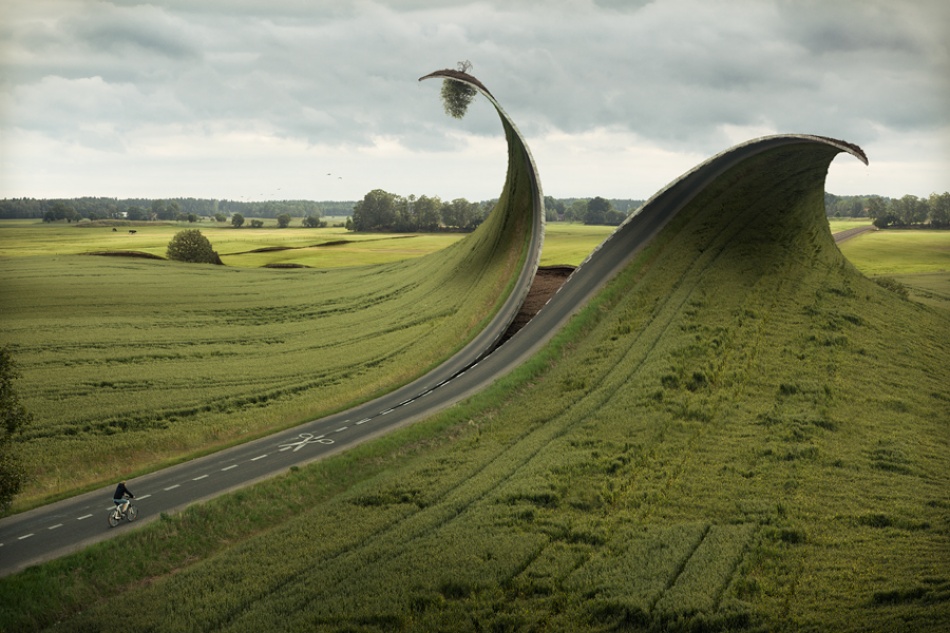
'Cut and Fold' by Erik Johansson
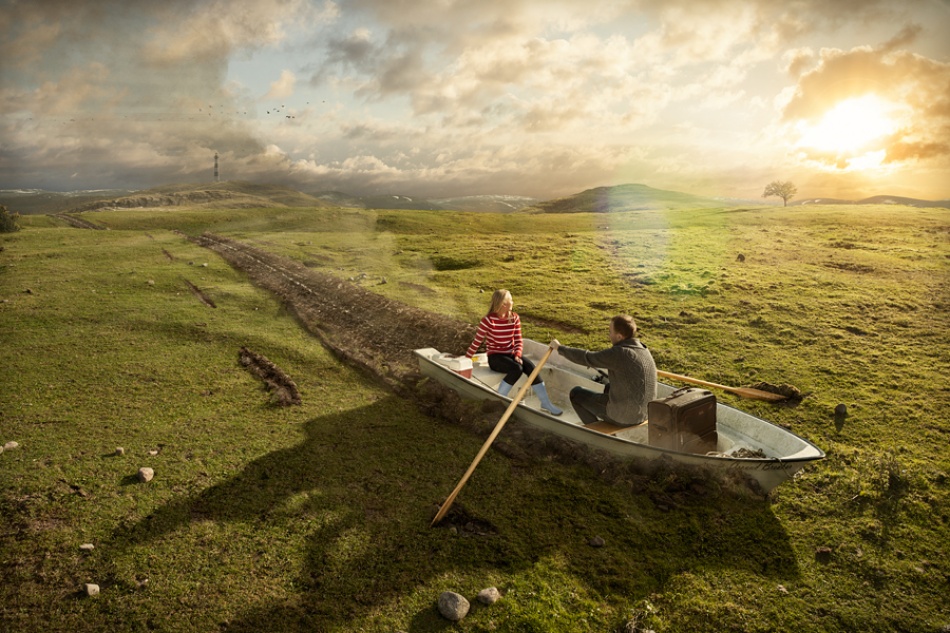
'Groundbreaking' by Erik Johansson
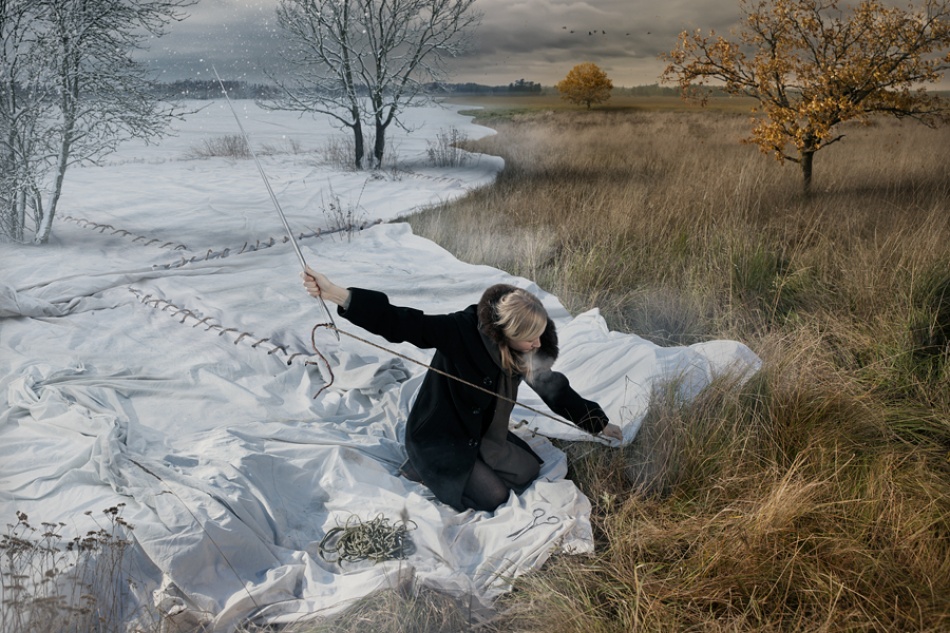
'Expecting Winter' by Erik Johansson
The Oxford Lexico dictionary defines an illusionist as a person who performs tricks that deceive the eye; a magician. Today, every photographer will agree to the point that he is deceiving the eye. Illusion is an essential part of photography.
To name a few (technical) illusions in photography:
The illusion of depth, (Aerial perspective, Focus, Lines, Scale)
The illusion of time, (Visible or invisible time, the moment of capture)
The illusion of touch, (Texture brings emotions)
The illusion of subject matter, (impossible images, like the work of Erik Johansson)
THE ILLUSION OF DEPTH
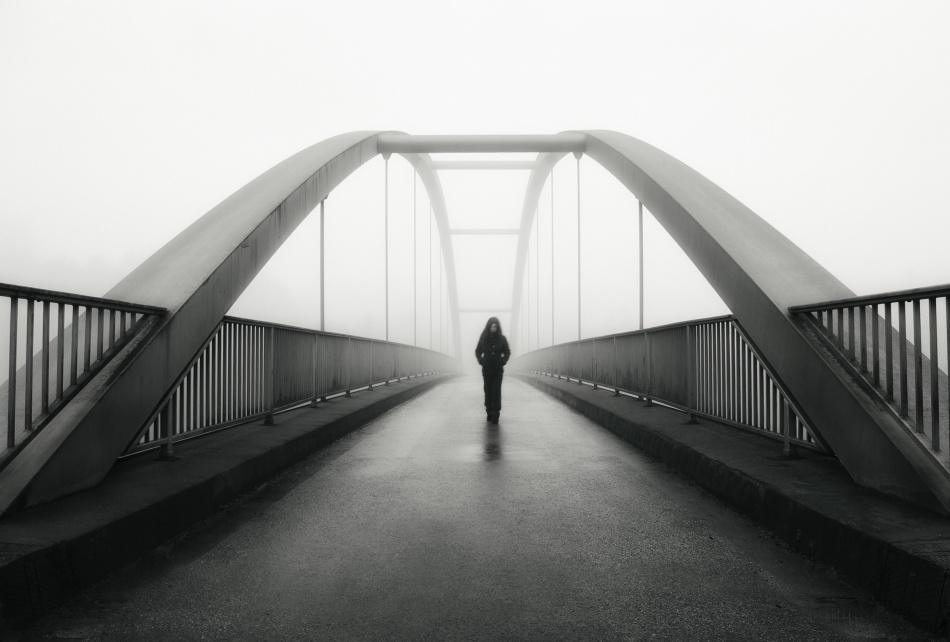
'somehow directed' by Christoph Hessel

'Mysteries of Depth' by Sergey Parishkov
THE ILLUSION OF TIME
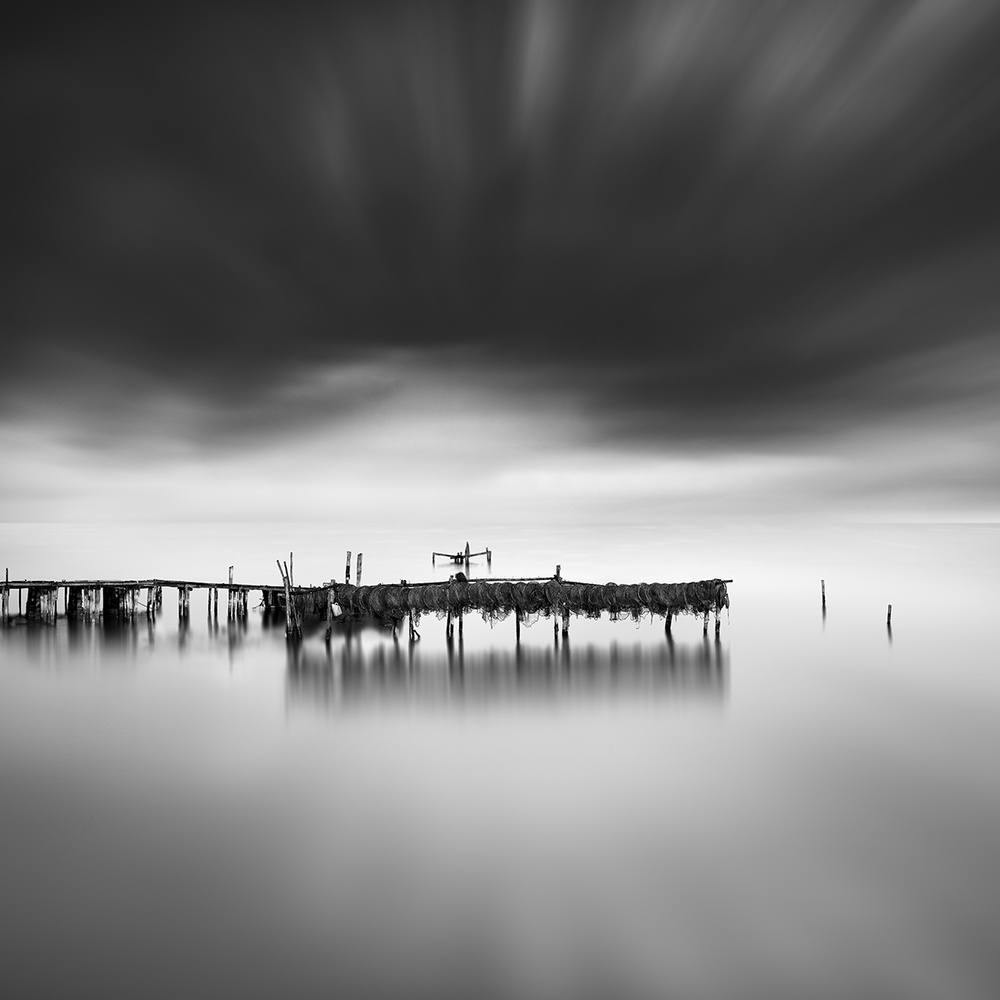
'Sea of Tranquility' by George Digalakis
THE ILLUSION OF TOUCH
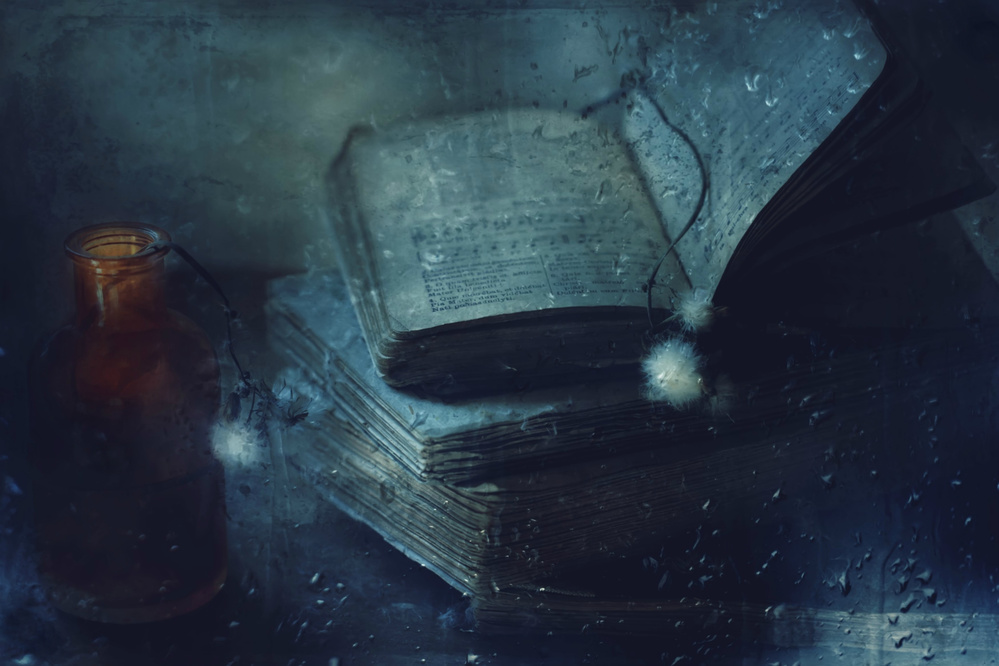
'Moonlight shadows' by Delphine Devos
THE ILLUSION OF SUBJECT MATTER

'Edge of the world' by Sebastien DEL GROSSO
Technical illusions are unavoidable, as there is no alternative…
Photographs are flat, still and often not even printed but viewed at a screen. I call these technical because the illusions are clearly visible in the result. It is not my intention to dwell on the technical ‘how’-aspects but the few examples above will help to make my point…
But other illusionist’ aspects are potentially ‘nastier’ … not so visible in the result… it calls for awareness and ethics. Sometimes long debates can be held about whether photographs are faked or real. Even in 2014 there still was an article discussing Robert Capa’s “Falling Soldier” photograph shot in 1936 – fake or staged or real. Of course, this doesn’t imply it is always wrong what we see, it calls for prudence…
Ethical illusions are the result of choices and capable of deceiving the mind:
The illusion of viewpoint, (where we stand as a viewer – how that impacts what we interpret from the image) – Google “William Klein Broadway and 103rd Street, New York 1945-55” you will see a boy pointing a gun at the photographer. No way we can tell if it is a real gun, whether it is staged or not, etc.… we fully rely on the account of the photographer.
The illusion of framing, (what is left out, what is suggested by absence)
The illusion of storytelling, (juxtapositions for instance, long lens compression, factual representation of subject and time of capture, to stage or not to stage, etc.)
I will not provide 1x.com examples of these illusions, how can I? I could implicitly accuse trustworthy photographers by doing so, moreover this is an artistic photography platform not a news site. However, these kinds of illusions require photographers to be always aware of his intentions and ethical choices (they perhaps make implicitly). At the same time, viewers must be aware of these illusionistic effects, especially in situations when the viewer is inclined to take the photograph as a fact, as a reality – such as in newspapers or documentaries. So be aware of Persuasive Art: Documentary Photography or "the creative treatment of actuality.”
Jörg M. Colberg says: “In fact, of all forms of art (…), photography is the one that allows its viewers to identify their own biases and stereotypes and prejudices and dear beliefs a lot more easily than any of the others, simply because it’s so deceptive.”
Photography has evolved and changed in many ways, and we as viewers, our thinking ought to as well. Social media challenges us every day to do so. Contemplate on what you see, and what it means, what alternatives there can be... just to advance our visual literacy....
Let’s finish with some beautiful photographs without any claim on my side (selected on keyword), but that prove that photographers are not only illusionists, but some are true Magicians… Enjoy!
KEYWORD TRUTH
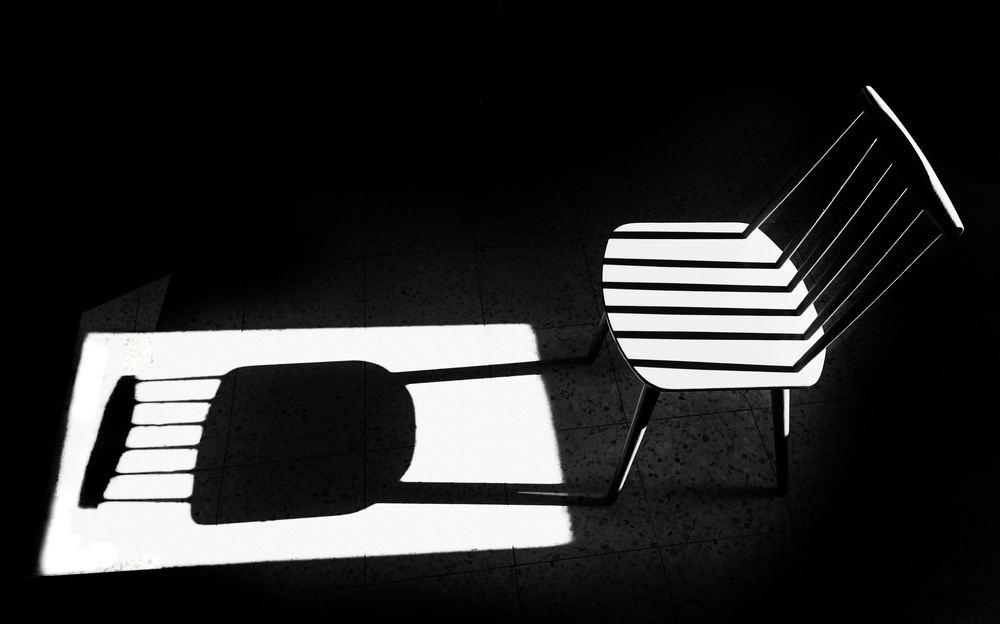
'Truth & Fiction' by Sara Elbar
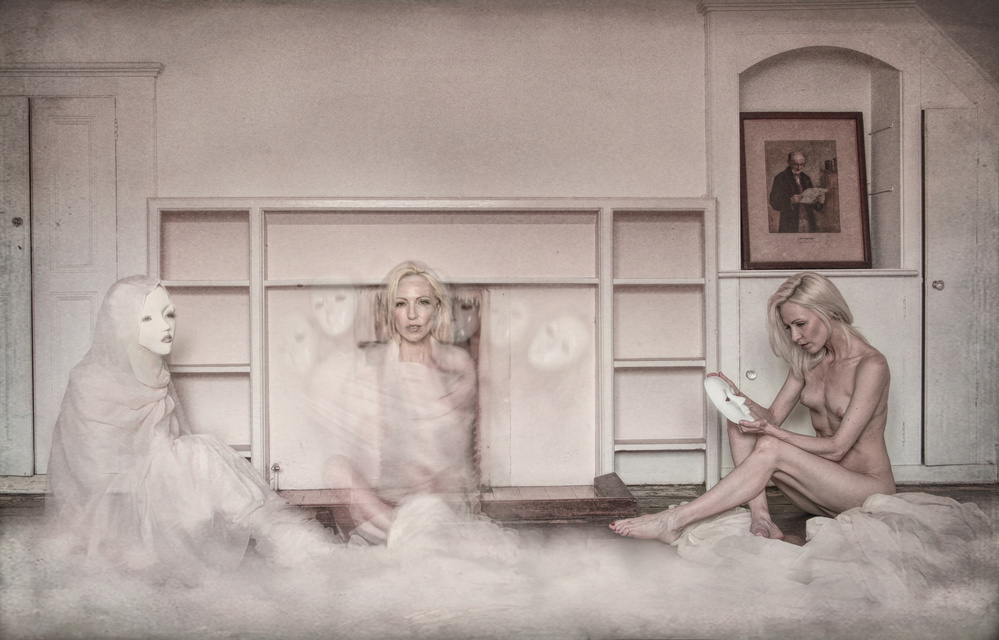
'Break Free and become the real you' by Colin Dixon

'Hiding from the Truth' by Anna Wacker / Martin Wacker
KEYWORD FRAMING
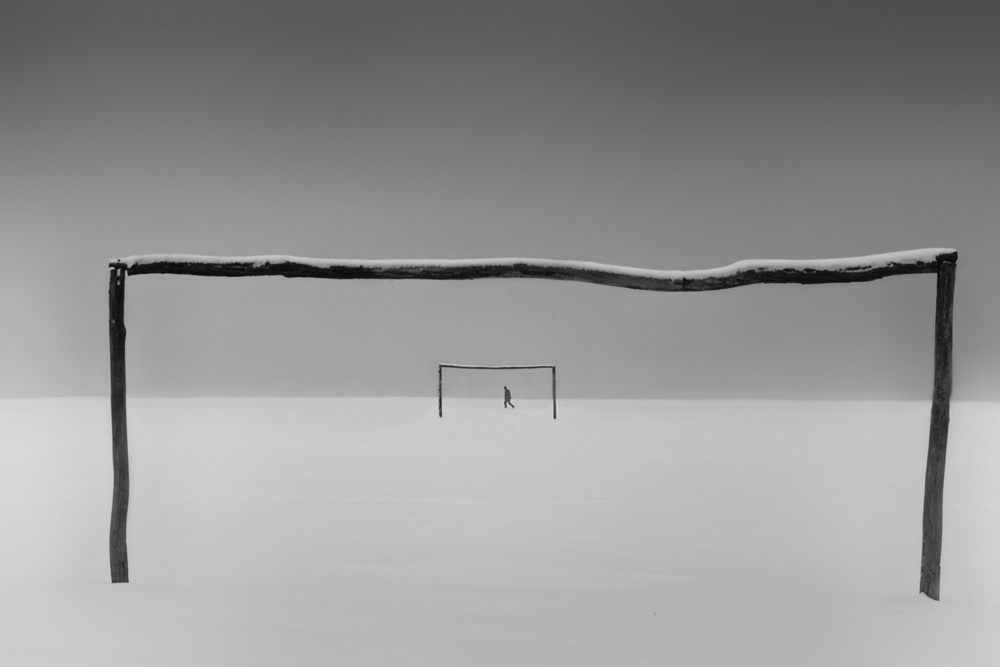
'Framing' by Gabriel Bistriceanu
KEYWORD STORYTELLING
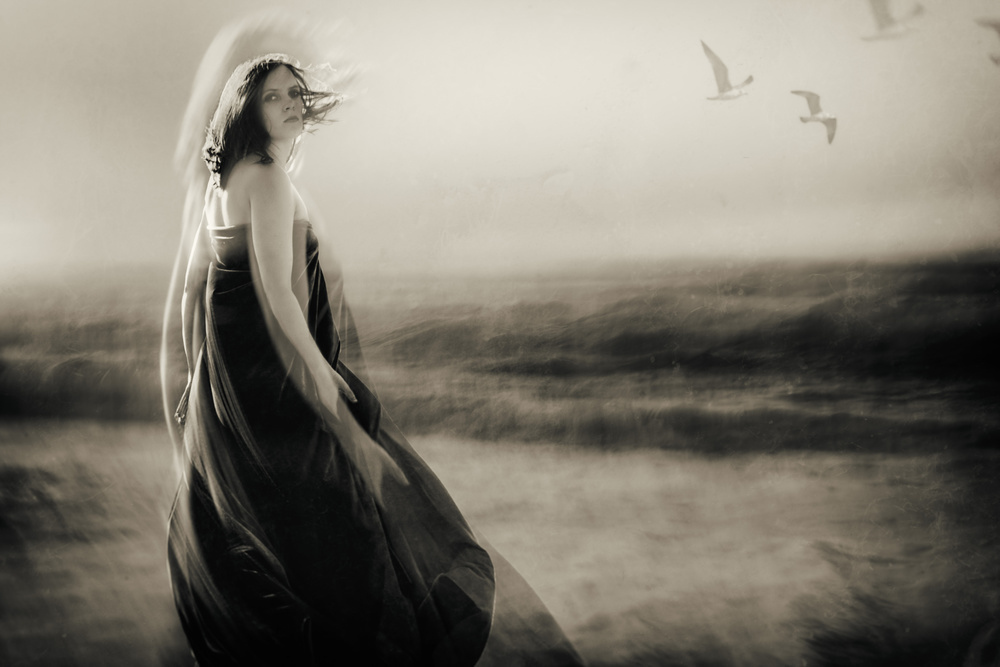
'I'd give it all' by Charlaine Gerber
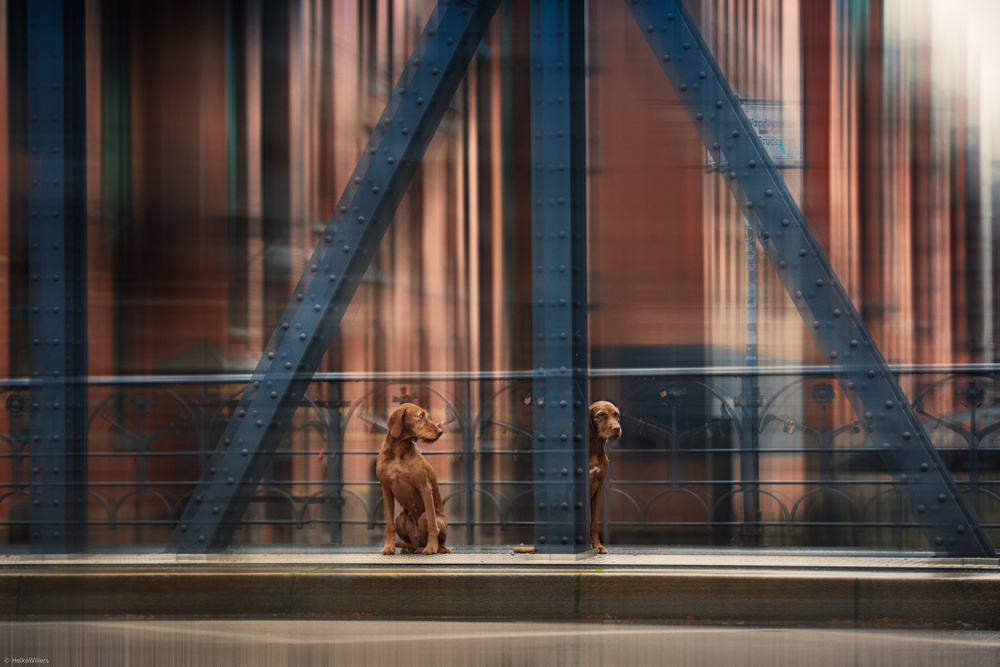
'No Photos, Please' by Heike Willers
KEYWORD MAGICIAN
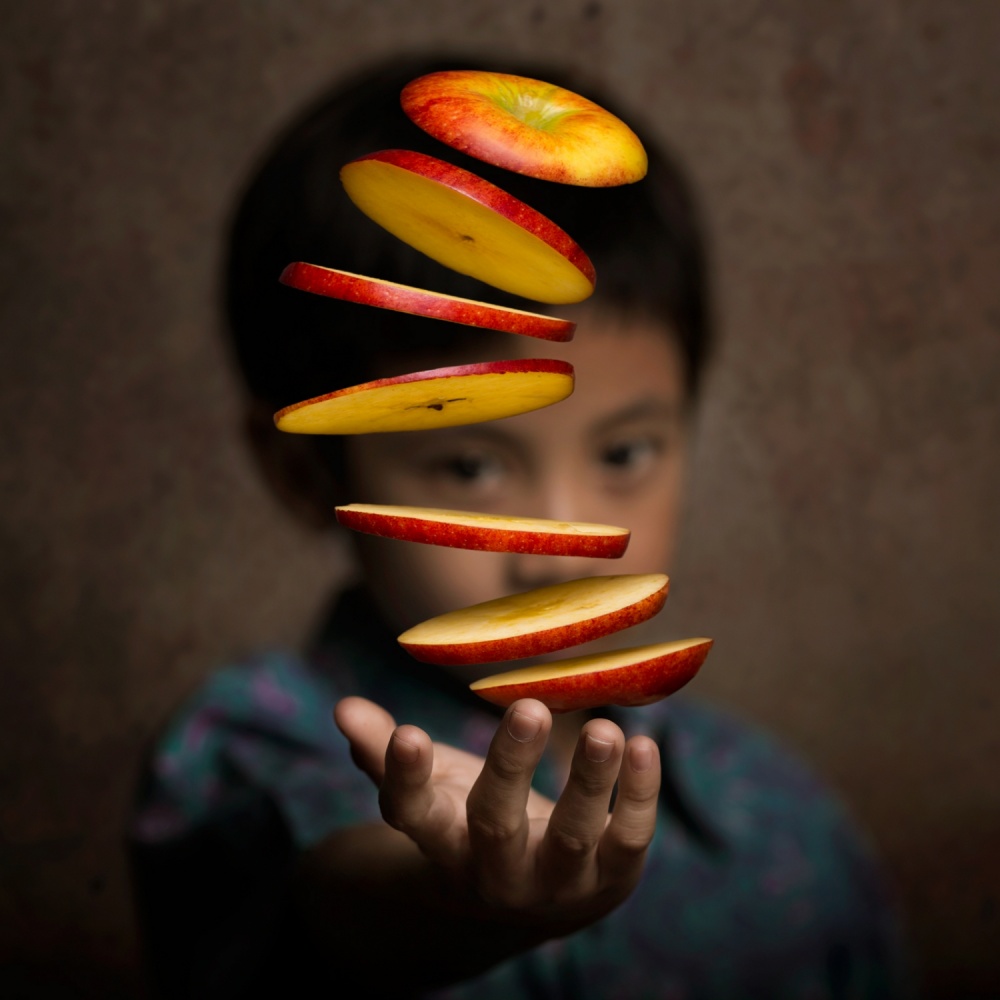
'want apple..?' by V. Danny Lumanto
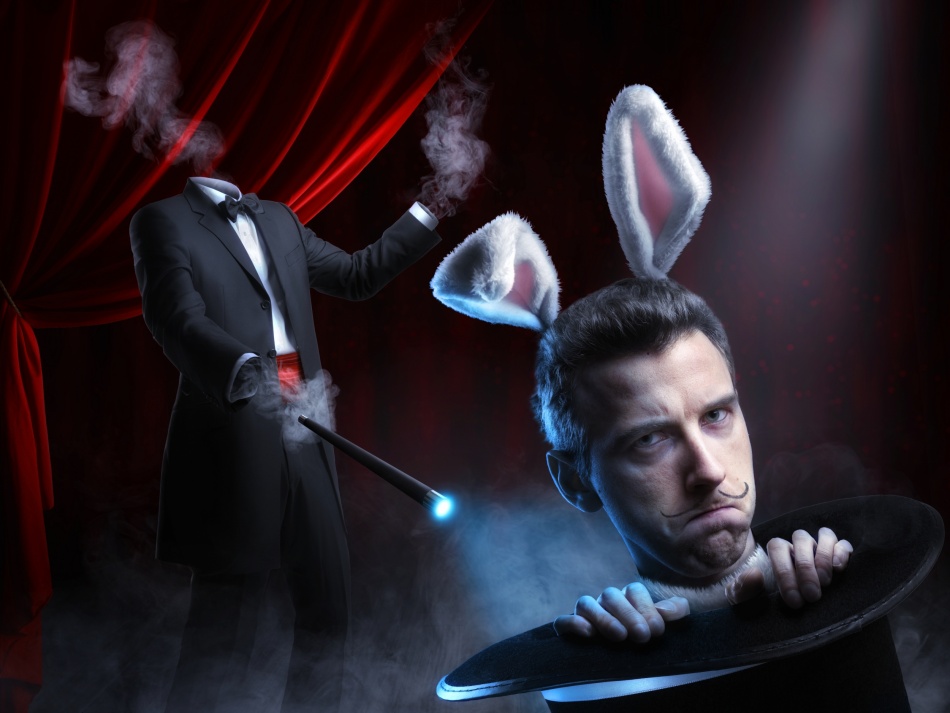
'Very Bad Trick' by Christophe Kiciak
Reference : https://www.erikjo.com/work
 | Write |
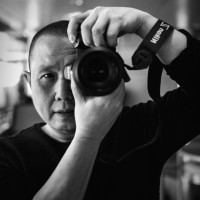 | hardibudi PRO What a great article! much appreciated!! |
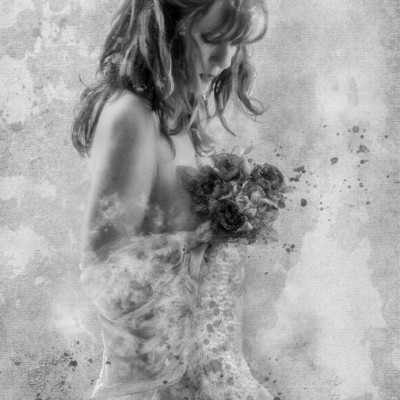 | Charlaine Gerber PRO Great article, very interesting and well executed, congratulations! |
 | Heike Willers PRO Really great article and it's a big honor to find one of my images in it! Thank you! |
 | Matjaz Cater Thanks, much appreciated!
|
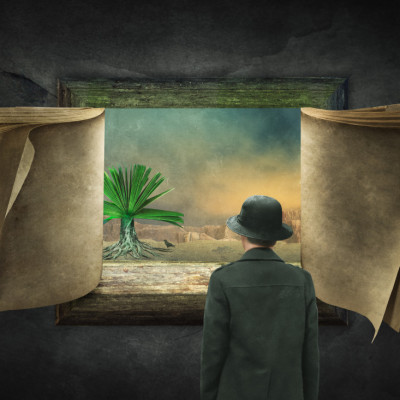 | Biao Huang PRO 赞美这些崇高的艺术品! |
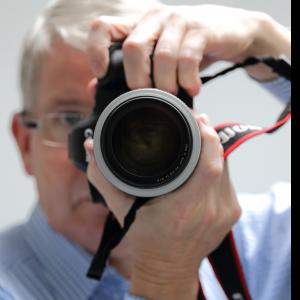 | Wicher Bos CREW :) |
 | Charlaine Gerber PRO Great article, thank you and congratulations! |
 | Wicher Bos CREW :) |
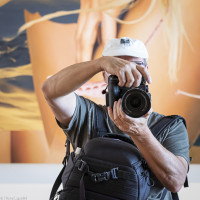 | Thierry Lagandré (Transgressed Light) PRO Toutes ces oeuvres sont vraiment sublimes, du grand ART, bravo aux auteurs et merci Yvette pour ce voyage fanstastique. |
 | Yvette Depaepe CREW Merci Thierry ;-) |
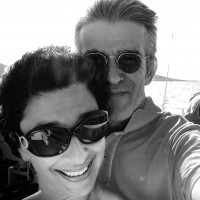 | Anna Wacker / Martin Wacker Hi, Wicher! What a great article! We feel humbled and honoured for being included among all mentioned magician photographers. Their work is truly astonishing! Many kind thanks and congratulations to all! Cheers, Anna & Martin |
 | Wicher Bos CREW :) |
 | Colin Dixon CREW Witcher . Fine article and a big thank you for including me in it very humbled. |
 | Wicher Bos CREW :) |
 | Yvette Depaepe CREW Such a fine article about magic and illusion in the world of photography, Wicher! Thanks for this fine contribution to the magazine and congratulations to all authors of the selected images. Cheers, Yvette |
 | Wicher Bos CREW Thx Yvette! |